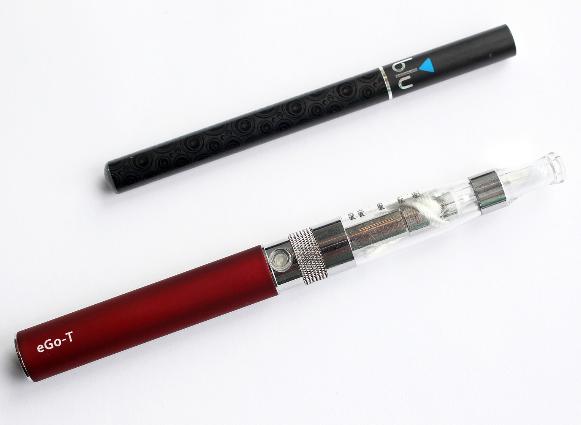Secondhand Smoke, Asthma Link Remains
By Cole Petrochko, Staff Writer, MedPage Today
Children with asthma were more likely to be exposed to secondhand smoke than those without the disease, researchers found.
From 1999 to 2010, the overall rate of exposure to secondhand smoke among children without asthma declined from 57.3% to 44.2%, but the exposure rate remained nearly constant over the same time period for children with asthma, only declining from 57.9% to 54%, according to Kenneth Quinto, MD, of the National Center for Health Statistics in Hyattsville, Md, and colleagues.
And the latest statistics, from 2007 to 2010, show that children with asthma who were female, Mexican-American, from families with income below 350% of the federal poverty line, and ages 6 to 11 had greater exposure to environmental tobacco smoke than those without asthma, they wrote in a National Center for Health Statistics data brief.
Past research has tied secondhand smoke exposure to exacerbated asthma symptoms in children and increased risk of mental illness in healthy adults. Other research has also tied neonatal smoke exposure from smoking mothers to hearing loss and behavior problems in the child.
Quinto and co-authors also cautioned that secondhand smoke exposure in all children was associated with risks of middle ear infection, bronchitis, pneumonia, coughing and wheezing, worse lung function, and the development of asthma. They added that in 2007 to 2010, one in 10 children had asthma.
The authors gathered data from the NHANES (National Health and Nutrition Examination Survey) from 1999 to 2010 to measure trends in environmental tobacco smoke exposure in children with and without asthma, and to stratify rates of exposure by sex, race, income, and age group. Income was broken down by earnings 350% or greater than the poverty line, 185% to less than 350% of the poverty line, and less than 185% of the poverty line.
Exposure to secondhand smoke was classified as serum cotinine levels between 0.05 ng/mL and 10 ng/mL in children who didn’t smoke themselves. Children were considered smokers if they were 12 to 19 years old and answered “yes” when asked if they had used tobacco in the 5 days prior to the survey or if their serum cotinine levels were greater than 10 ng/mL. “Serum cotinine is a breakdown product of nicotine,” the authors noted.
Children were considered to have asthma if a parent affirmed on the survey that a healthcare professional had diagnosed them with asthma and if they still had asthma.
By age group, there was no significant difference in secondhand smoke exposure for children with and without asthma ages 3 to 5 and 12 to 19 in the 2007 to 2010 data. However, children ages 6 to 11 with asthma were exposed to secondhand smoke significantly more often than those without asthma in that time (58.8% versus 44.7%, P<0.05).
In families with household incomes lower than 350% of the poverty line, children with asthma were significantly more likely to be exposed to environmental tobacco smoke than those without asthma (P<0.05 for both groups). There was no significant difference in smoke exposure in families earning 350% or more above the poverty line.
Mexican-American children with asthma were significantly more likely than those without asthma to have been exposed to secondhand smoke (38.2% versus 27.4%, P<0.05). White, black, and other race children had no significant differences in exposure between those with and without asthma.
Additionally, girls with asthma were more likely than girls without asthma to have been exposed to secondhand smoke (57.6% versus 43.6%, P<0.05), while there was no significant difference seen in boys.
The authors cautioned that future research should look to explain the reasons for group differences.

